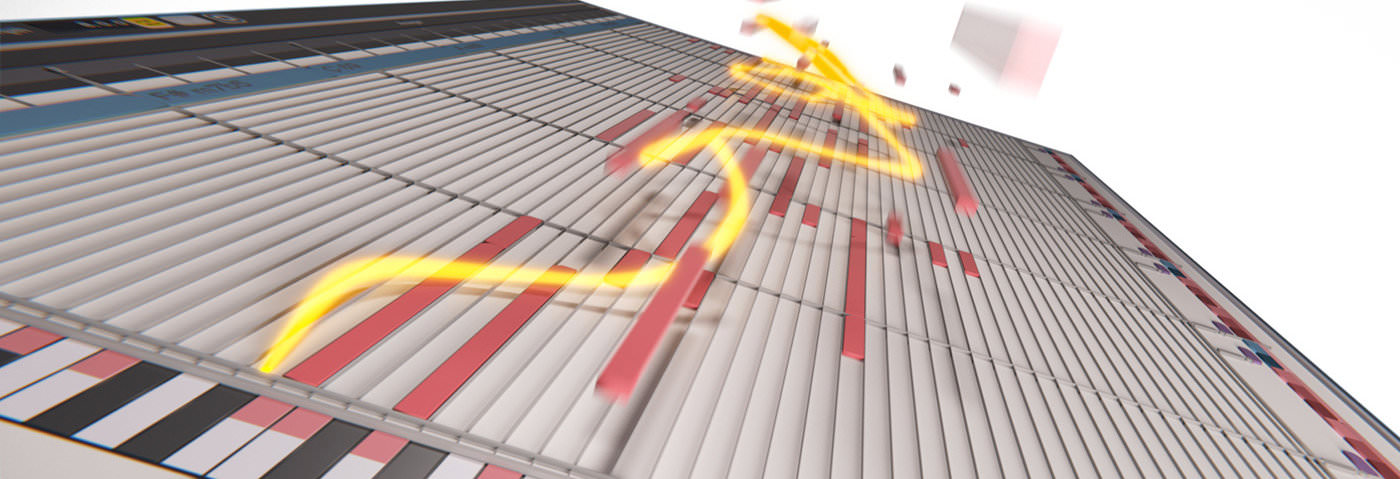“Like an arpeggiator on steroids…” Greg Scarth tries out the follow-up to Liquid Rhythm.
Liquid Music is the follow-up to WaveDNA’s Liquid Rhythm, which we were impressed with when we tested it back in 2014. Liquid Music is a “MIDI performance designer” which looks to do the same for melodic and harmonic elements as Liquid Rhythm did for drum parts: in essence, it allows you to create music ideas or start with one and then evolve and mutate it into multiple new variations on the same theme. Liquid Music also incorporates the drum programming features of Liquid Rhythm, which makes it an all-round creative tool.
Before we go any further, it’s worth addressing the elephant in the room. There will be some who say that software like Liquid Music is cheating, sapping the creativity from the music making process or even worse ‘writing music for you’. In reality, Liquid Music will certainly not write tracks for you, despite the fact that there are presets to use as starting points. Think of it instead as a tool that can help you break out of ingrained habits, overcome creative blocks or simply explore ideas related to a musical motif you’ve created. In that sense, it can be thought of along similar lines as an arpeggiator or a MIDI effect, although the workflow is a little more complex than either of those.
The way Liquid Music works depends on your DAW, but it’s not quite as straightforward as the more simple Liquid Rhythm. In most cases, the software runs as a standalone application which interfaces with your DAW via a plugin (integration with Ableton Live is a little more sophisticated
).
Once the software is up and running, the options are extensive if not entirely as intuitive as you might hope. In addition to the rhythmic capabilities of Liquid Rhythm, Liquid Music offers control over chord progressions, harmonies, arpeggios and melodies, necessitating multiple panes of options. You begin either by ‘painting’ in a chord progression or with the option of importing a MIDI pattern from your DAW as a starting point.
There’s no doubt that Liquid Music is a powerful tool, and it certainly feels like a logical progression of the Liquid Rhythm concept, but the increased complexity has several downsides. Initially, much of the focus is on the central Arranger window, in which you can paint musical ideas – this is fun and effective
For drums, the Beat Builder and BeatWeaver options plus the circular BeatForm Map familiar from Liquid Rhythm are activated using buttons in the top right corner of the GUI, while Molecule Tools can also be activated along the bottom of the screen.
At just under $200, Liquid Music is twice the price of Liquid Rhythm (although there is a $99.99 upgrade option for existing owners of the latter). That places is firmly beyond the boundaries of impulse buys, so the biggest question of all is whether it lives up to its price point in terms of usability. Liquid Music is clearly a powerful option, but its usefulness to your creative process will be defined by how well you get on with its occasionally cumbersome workflow. The free 30-day trial seems like a sensible starting point for anyone interested in seeing what it can do.
The Verdict
Price: $199.99
Purchase: WaveDNA Liquid Music
The Final Word
Like an arpeggiator on steroids, Liquid Music inspires new musical directions, but the steep learning curve may be a problem.



